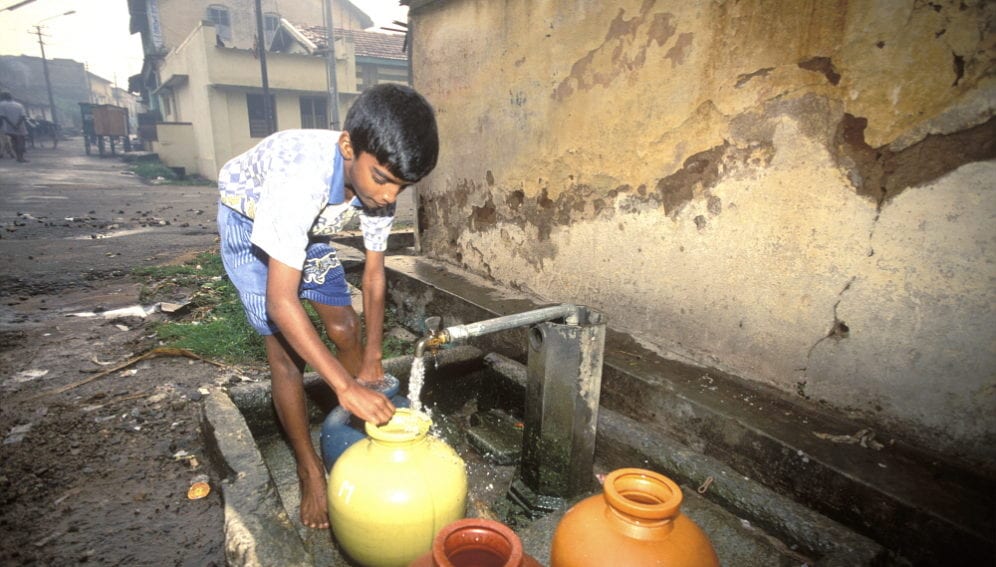By: Lou Del Bello
Send to a friend
The details you provide on this page will not be used to send unsolicited email, and will not be sold to a 3rd party. See privacy policy.
Pressure on fresh water resources may be the main global threat in the next decade, but the world is failing to mitigate the risk and avoid a crisis, according to a survey of leaders from business, government, universities, international organisations and NGOs by non-profit foundation the World Economic Forum (WEF).
Published in its Global Risks 2015 report released ahead of the WEF’s annual meeting in Davos, Switzerland, this week (21-24 January), the survey reveals a belief that water crises pose the greatest risk in terms of global impact. This places it ahead of hazards such as the spread of infectious diseases, the failure to adapt to climate change and interstate conflict, prompted by the rise of the Islamic State.
The WEF defines water crises as a significant decline in freshwater quality and quantity, resulting in damage to human health or economic activity or both.
“The report highlights the interconnection between different risk factors such as water, food security, human health.”
Margareta Drzeniek-Hanouz, WEF
The report points to a study projecting that, by 2030, the global demand for water will exceed sustainable supplies by 40 per cent. Most of the world’s water supply is currently used in agriculture, according to the UN, with the World Bank predicting that food demand will rise by fifty per cent in the next two decades, as population grows and dietary habits change.
The looming shortages may be aggravated by an 85 per cent increase in water demand from the energy sector by 2035, the International Energy Agency anticipates.
Problems will be particularly severe in areas where factors such as urban sprawl, make it harder to manage available water resources.
By 2050, the report says, two-thirds of the world’s population will live in cities. In countries such as India and regions such as Sub-Saharan Africa, urban centres are predicted to expand up to five times.
Margareta Drzeniek-Hanouz, a WEF economist and one of the study authors, explained: “As cities become more densely populated, a lack of water infrastructure will have an impact on a higher number of people.”
In some cases, fresh water may be unavailable close to the city. “Take Beijing, for example. A canal has been built to supply the city with the appropriate amount of water, which is scarce in the area,” said Drzeniek-Hanouz. “Studies have shown that it would be cheaper to move the whole capital closer to the water than the other way around. There is definitely a direct link between poor urban planning and water stress.”
The WEF survey also examined risk preparedness. Participants were asked to rank progress made in the past ten years to address each risk.
The responses suggest that a water crisis, along with extreme weather events and natural disasters, is among the problems the world is least prepared to deal with.
According to the UN, one in nine people still lack access to drinking water and one in three lack proper sanitation. The 3.5 million deaths this causes each year are set to increase, as urbanisation and climate change add to the stress.
“The report highlights the interconnection between different risk factors such as water, food security, human health,” said Drzeniek-Hanouz.
“None of them can be addressed in isolation, but all of them are part of an ‘ecosystem of risk’” that, according to the report’s authors, must form the basis of any risk preparedness policy.














